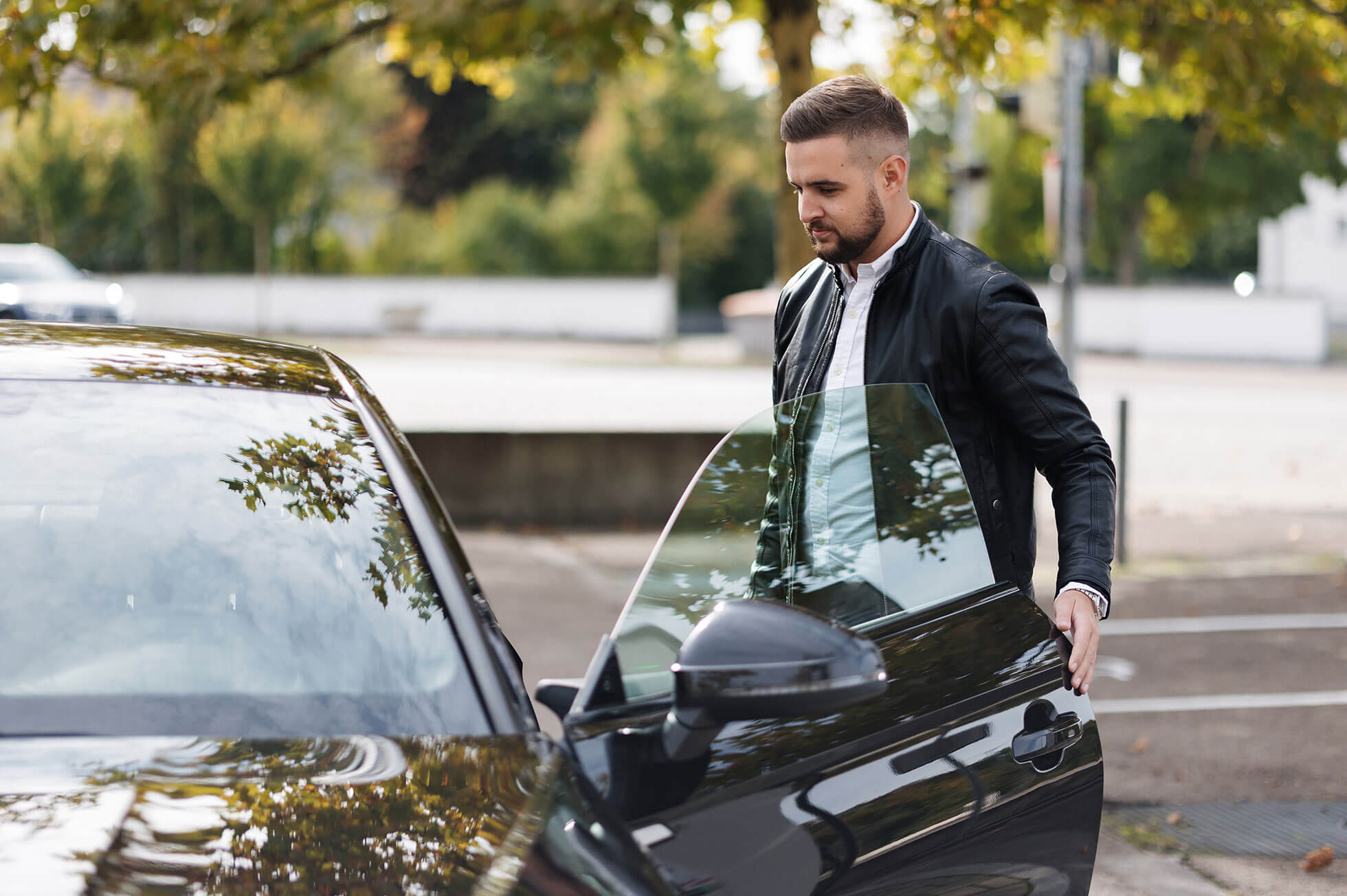Imagine driving down a seemingly peaceful road, only to have your journey abruptly halted by a vicious ambush. In Gauteng and North West, vehicle spiking incidents are escalating alarmingly, putting countless motorists in grave danger. This dangerous tactic involves criminals placing sharp objects on the roads to puncture tyres, forcing drivers to stop. The aftermath is often harrowing, with victims facing robbery, assault, and even kidnapping.
Recent arrests in Gauteng have shed light on the extent of this problem, particularly along major highways. The situation is equally concerning in North West province, with the N4 in the Bojanala Platinum Sub-District (Brits) identified as a high-risk area. Despite increased police presence and collaboration with private security firms, the threat persists, especially during night-time hours when visibility is limited.
Key Affected Areas:
Gauteng:
- N1 and N4 interchange (Pretoria)
- N4 (between Soloman Mahlangu and Watermeyer off-ramps)
- N4 (between Bronkhorstspruit and Balmoral off-ramps)
- R21 (from OR Tambo International Airport to Pretoria)
- R562 in Olifantsfontein
- N12 (Witbank, under the Merridale bridge)
- N3 (between Leondale and Barry Marais Road)
- N17 (between Rondebult and Heidelberg Road)
North West:
- N4 (between Pretoria and Brits)
To help motorists protect themselves, here are six essential safety tips:
- Limit night-time travel (especially in known hotspots) as most incidents occur after dark.
- Keep a safe distance between your vehicle and the one ahead to spot and avoid obstacles.
- Don’t stop for roadside objects. If you see something on the road, do not stop. Use the emergency lane or even drive onto the grass if necessary to get around it.
- Reduce speed in high-risk areas. To improve reaction time, slow down to 80 km/h or less in dangerous zones. (Hijackers often target the fast lane due to motorists’ delayed reaction to obstacles.)
- Use the middle of two lanes in emergencies. Driving with two wheels in each lane can help avoid spikes and make evasive manoeuvres easier. (Remember, this is not in line with the rules of the road and should only be done in an absolute emergency.)
- Change lanes before bridges, which are common spiking locations. Switching lanes just before reaching a bridge can help avoid hazards.
Should you become a victim of spiking:
- Keep moving: Drive to a safe location, even on flat tyres. Your vehicle’s rims can withstand several kilometres of driving.
- Avoid sudden braking: Maintain steady steering and focus on getting away.
- Don’t stay in your car: If you are forced to stop, run and hide while calling for help. Thieves want you to stay in the car to steal your valuables. Getting out also helps prevent being kidnapped.
- Share your location: Send your live location to someone who can assist or alert authorities. Should you be kidnapped, rescuers can begin tracking you from your last known location.
If confronted by the criminals:
- Show them your hands: If your hands are hidden or in your pockets, the thugs might think you’re calling for help or reaching for a weapon, which can escalate the situation.
- Follow their instructions: Prioritise your safety over possessions. They are replaceable, you are not.
- Observe details discreetly: Note distinguishing features or details without making direct eye contact. This will help when reporting the incident to authorities.
- Stay calm: Remaining composed can help manage the situation and reduce the risk of violence.
It’s better to be safe than sorry! Here are some additional safety measures to protect yourself from potential road dangers:
- Keep in touch: Update friends or family on your location and travel plans.
- Stay alert: If it’s not road spikes, it could be police impersonators or other distractions forcing you to stop. Cars might also trap you near your gate or in public spaces. Always stay aware of your surroundings.
- Consider a GPS tracker: Installing a tracking device can aid in locating your vehicle quickly if an incident occurs.
By staying informed and following these safety measures, motorists can better protect themselves against the growing threat of vehicle spiking on South African roads. Don’t take unnecessary risks. Be safe out there!


